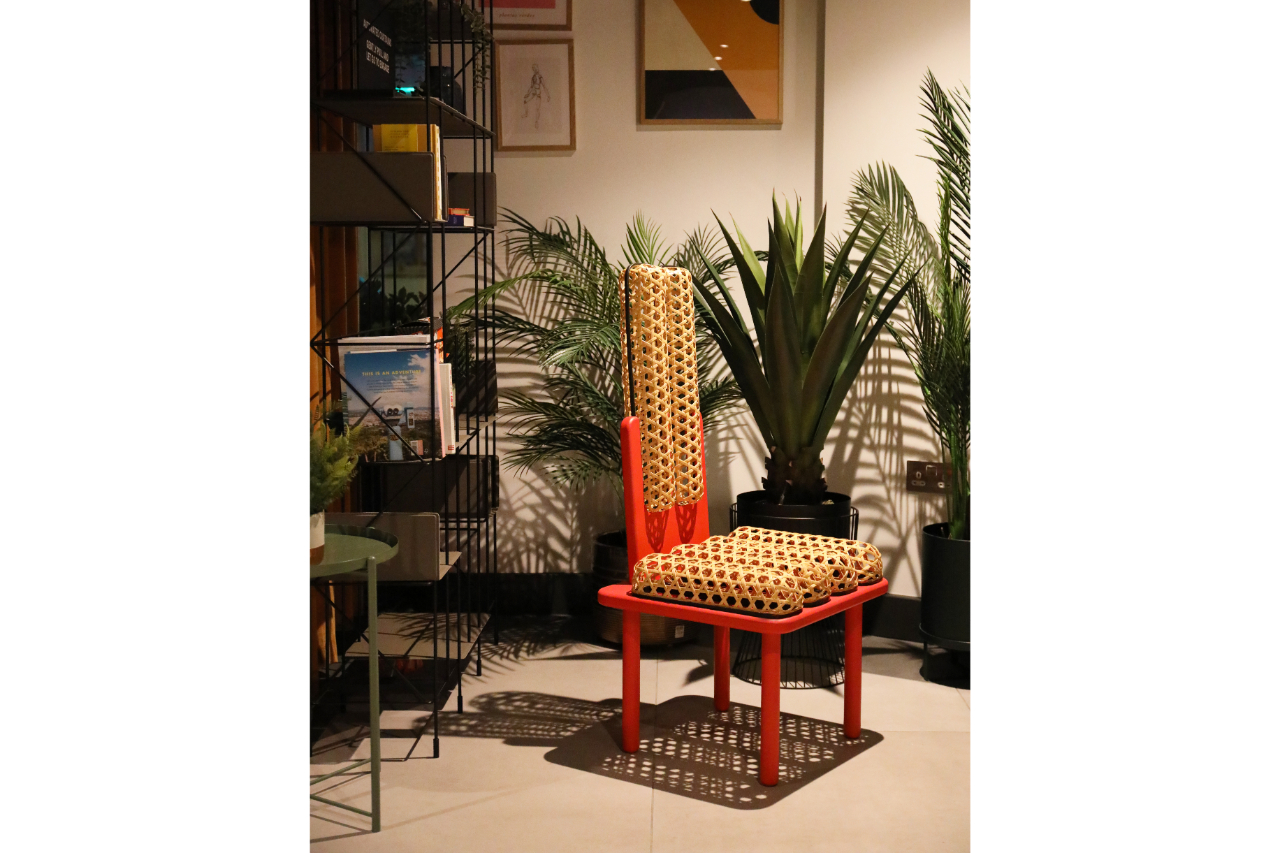





















What connects Chinese craft traditions and Parisian Art Deco? It's not a senseless riddle, in fact the answer certainly exists: Mingyu Xu.
He is a Chinese designer who graduated from the University of the Arts in London, specialized in product and furniture design, and today is committed to creating works that arise from Chinese tradition but made for Western contexts, without losing or sacrificing the identity of either worlds.
How did this idea of cultural fusion come about?
It all started from the observation of some everyday and traditional objects such as tea boxes woven from bamboo or fans; in particular I immediately noticed the presence of the geometric element in these objects, and I began to reflect on this geometric presence also in the Parisian Art Deco of the 1920s, creating a parallel between the two styles.
So during my stay in the UK I looked for a middle ground, a sort of "fusion" between East and West and also between past and future, explored Western design and incorporated Chinese techniques, as well as studying modern design but drawing on also from ancient and traditional elements.
My next decision was to make my works modular, offering complete freedom to those who purchase them. This allows you to completely customize the work, with the possibility of choosing between different shapes, colors and motifs, so that everyone can adapt the work itself according to their own tastes.
Why did you decide to use woven bamboo?
In 2014 I began my journey in studying design, focusing mainly on the world of furniture, and during that period I paid particular attention to the exploration of traditional bamboo weaving and its possible applications in contemporary homes.
So, already during that summer, I obtained approval for a project aimed at studying and deepening this technique.
In 2016 I traveled to Zhejiang province, China, to conduct more in-depth research: during my stay I visited several artisan workshops, immersing myself in the history and tradition of the various types of bamboo weaving. The acquisition of this practical knowledge was fundamental to my path as a designer, since from that moment on woven bamboo became the predominant material in my works, giving them a distinctive character and a link with the artisan traditions that I had the privilege to explore first hand.
What kind of place do you imagine your works in?
I conceived these works for modern contexts such as hotel lobbies, B&Bs and lounge bars, in order to offer traditional and exotic elements while integrating harmoniously into Western environments.
The floor lamps and chandeliers have been specifically designed for darker or dim spaces, so their beauty is fully manifested when light passes through the intricate woven patterns.
In this way they create unique shadows that enrich the atmosphere of the surrounding environments, adding a distinctive, suggestive and almost mysterious touch.
Are there particular differences between design fairs around the world or is it a generally standardized environment?
No, the exhibitions are very different from each other. For example, there are differences in the aesthetic styles of exhibitions, differences in markets and differences in visitors.
Depending on the location, specific styles arise, for example the exhibitions change between Europe, America, Asia, etc.
Even though it is a fairly international field, it is still influenced by local culture and lifestyle.
The differences give each exhibition unique characteristics and specific advantages, attracting participants and audiences of different types. For example, I myself make some specific changes to the products based on the region of exposure.